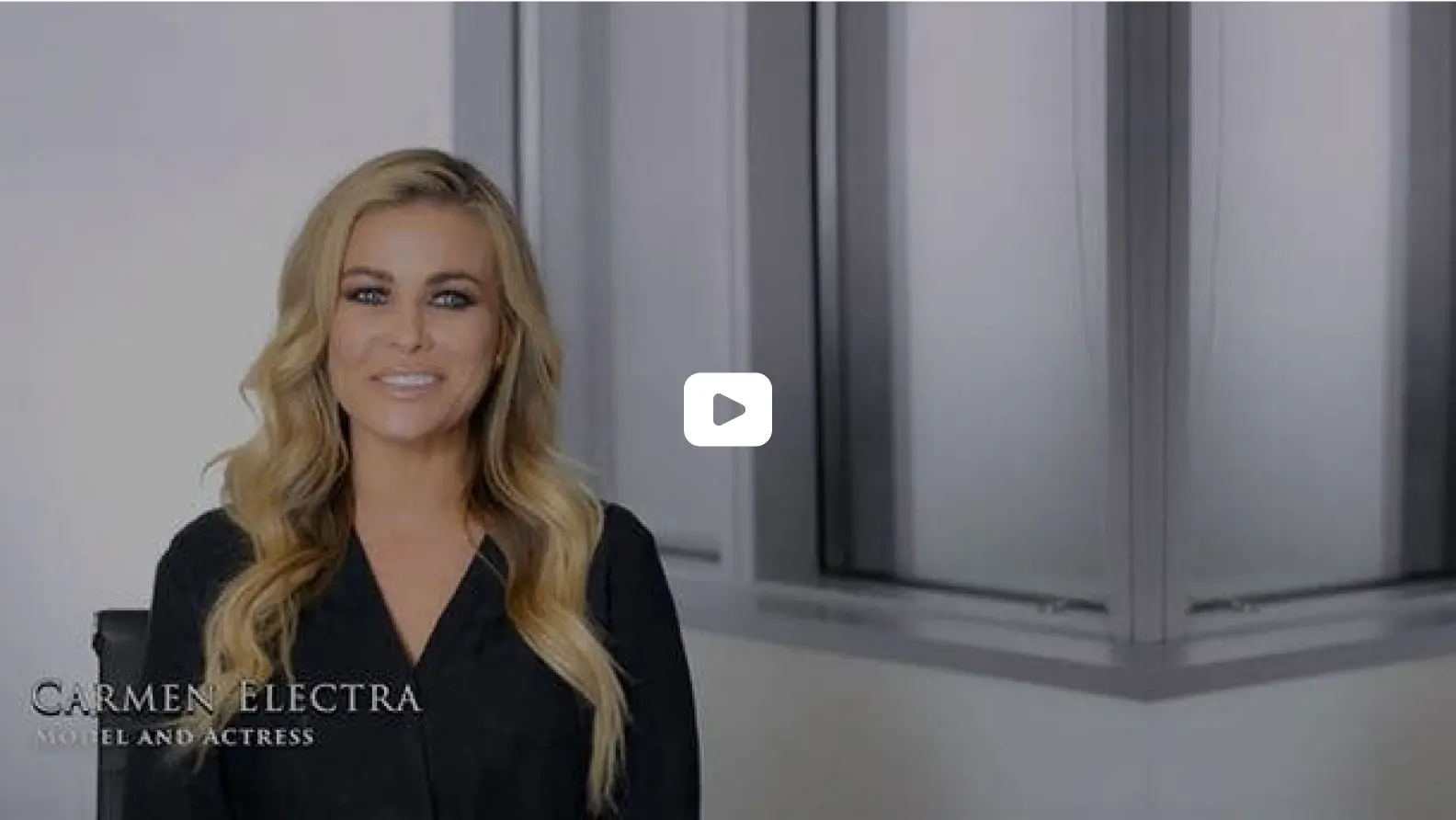
In order to successfully pursue a racial discrimination claim in the state of California, an employee must prove that:
- He or she suffered an adverse employment action by his or her employer.
- The substantial motivating factor for this action was the employee’s race, and
- That the employee suffered actual harm because of the employer’s conduct.
What is an adverse employment action? Adverse employment actions include definitive actions such as termination or demotion, but adverse employment actions can occur whenever an employer engages in conduct that adversely affects the terms, conditions, and/or privileges of someone’s employment.
Adverse employment actions include any behaviors that are reasonably likely to impair an otherwise reasonable employee’s performance on the job, as well as their opportunities for advancement. On the other hand, minor or trivial conduct that is not reasonably likely to cause more than frustration or anger will generally not count as an adverse employment action.
A substantial motivating reason is the reason why an adverse employment action occurred in the first place. A substantial motivating reason must be more than a trivial reason, but it does need not be the only reason for the adverse employment action that took place.
Racial discrimination claims are notoriously difficult to prove. In summary, it must be proven that any negative job conduct you were subject to was because of your race. Smoking gun evidence is very rare in these cases and employees must often prove racial discrimination with indirect evidence.
What Are Examples Of Racial Discrimination?
Examples of racial discrimination in the workplace are far ranging. Some are obvious, but the majority are subtle. Racial discrimination can include:
- Segregating employees of a particular race into certain jobs.
- Making distinctions based on race.
- Making business decisions based on racial stereotypes, and
- Treating employees differently for associating with members of a particular race.
Below are three specific examples:
- A high-end clothing store only employs white employees in sales jobs, while Black and Latino employees are mostly employed in warehouse positions.
- A popular restaurant chain employs many African Americans. However, management only ever assigns lighter skinned African Americans to wait on their customers, while darker skinned African Americans are employed to bus tables or wash dishes.
- A law firm is hesitant to promote a talented white employee whose husband is of Egyptian descent. The firm’s principals often bring their spouses to social events, and they are worried that someone might feel uncomfortable around an Arab American.
How To Prove Racial Discrimination?
The practice of racial discrimination in every aspect of employment, including hiring, firing, compensation, promotions, on training, and employee discipline is forbidden. In essence, an employer is guilty of racial discrimination when it makes job related decisions based on an employee’s race, or when it abides by seemingly neutral job policies that negatively affect members of a particular race.
It is increasingly rare for an employee to have clear cut evidence of racial discrimination. A clear cut example of racial discrimination could be a business owner who sends hiring managers an email saying something like, “It’s come to my attention that all our customer service positions are going to Latino employees. I would recommend diversifying, or we’ll soon drive away all our affluent customers.”
Fortunately, such emails aren’t sent out very often. However, lacking clear cut evidence that such an email represents only makes proving racial discrimination more challenging for a victim.
What can be done if you were racially discriminated against, but you do not have any direct evidence? For starters, you must prove a prima facie case of discrimination. Prima facie is the Latin for “at first glance”.
A prima facie case has four parts:
- You are qualified for the job and/or are performing it adequately.
- You are in a protected class.
- You were denied a benefit (not hired being hired) or were subjected to a negative job action (for example, termination or demotion).
- The person who did receive the benefit was of another race, or the company simply resumed their search for other qualified applicants.
For example, if you were passed over for a promotion and you believe it was because of your Mexican heritage, your prima facie case would consist of showing that you were indeed qualified for the promotion, that you didn’t get it, and that the person who did get it was not Mexican. After presenting this evidence, an employer must respond by producing evidence that it did have a nondiscriminatory and legitimate reason for the decision it took.
Ultimately, the burden of proving an employer’s decision was discriminatory is on you. If you consider the previous example, you can demonstrate evidence that the person who did receive the promotion did not have as much experience as you, that you meet all the necessary qualifications for the job, and finally, that your company has never promoted a Mexican person to a managerial position.
What Can West Coast Employment Lawyers Can For You?
If you have made up your mind to take action, it is important to work with an attorney that specializes in cases like yours. The racial discrimination lawyers at West Coast Employment Lawyers have extensive experience handling racial discrimination cases. We will work tirelessly to gather the facts, find and interview eyewitnesses, hire experts, and fight for your rights.
We work on a contingency basis, which means we only get attorney’s fees if we are able to recover for you. Our legal team is available 24/7 and will take care of your case from start to finish. For a free no-obligation consultation with a racial discrimination attorney in California, contact our office at 213-927-3700.




